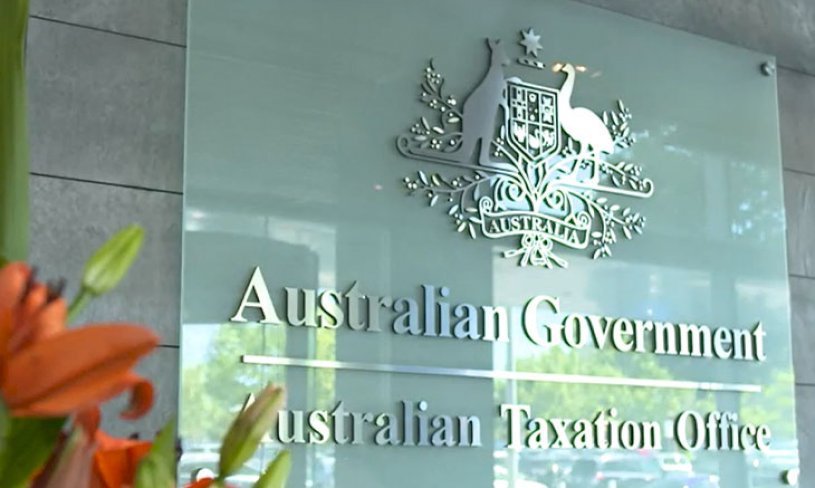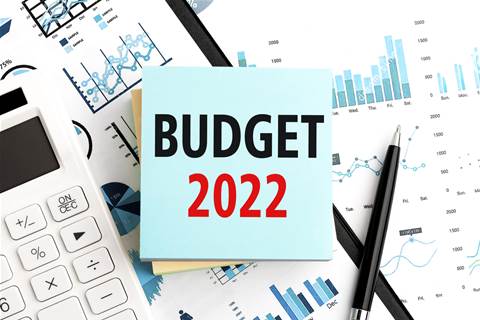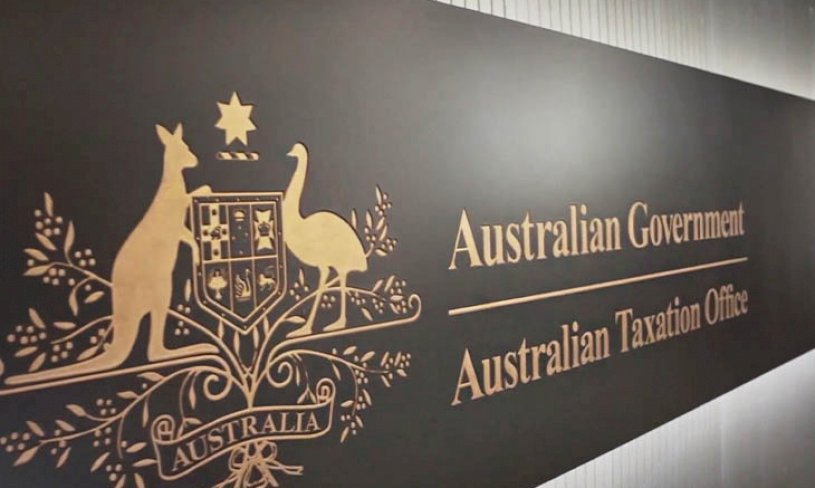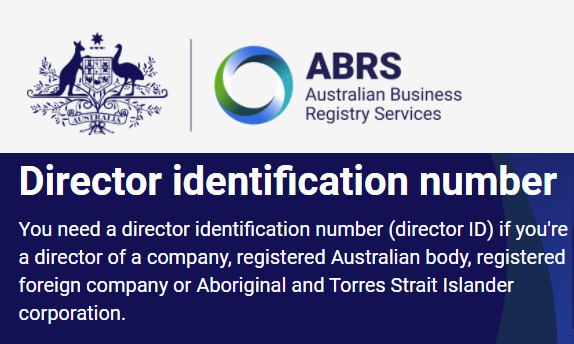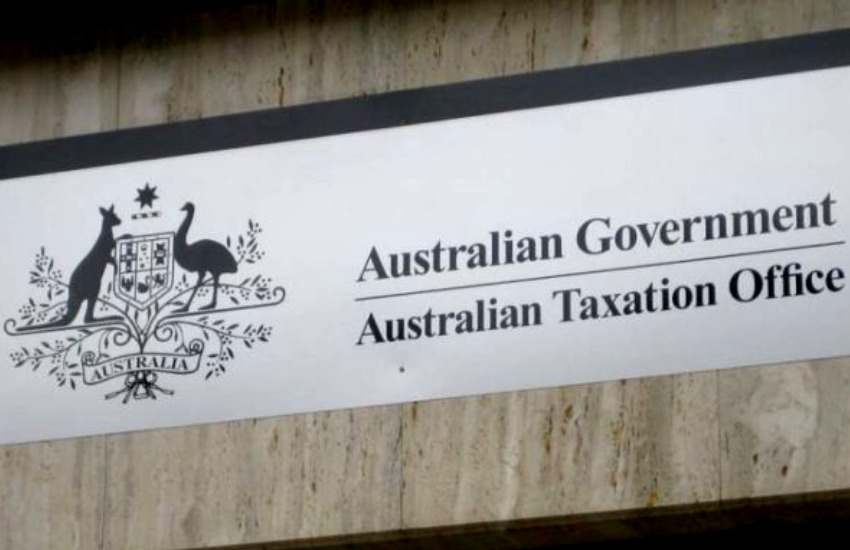One measure that has been left untouched from the previous government is the temporary reduction in the minimum required drawdown rates for account-based pensions.
These minimum drawdown rates were halved at the start of the COVID pandemic, to provide retirees with greater flexibility in managing their superannuation account-based pensions amidst heightened financial market volatility at the time.
The Treasurer has elected to maintain these lowered drawdown rates for the remainder of the 2022-23 financial year.
As part of a series of measures to tackle housing accessibility, the government has announced the extension of the downsizer superannuation contribution to those between the age of 55 and 59.
This measure, first introduced in the 2017 budget, was previously restricted to those aged 60 and older.
The downsizer contribution allows people to make a one-off post-tax contribution to their superannuation of up to $300,000 per person from the proceeds of selling their home. Both members of a couple can contribute, and these contributions do not count towards their respective non-concessional contribution caps.
By expanding the downsizer contribution eligibility to those aged between 55 and 59 this measure aims to encourage more Australians to downsize sooner, with the policy intent of increasing the availability of suitable housing for more Australian families.
This measure is scheduled to have effect from the start of the first quarter after passage of the enabling legislation.
The budget sets out an ambitious new target to build one million new homes, over a period of five years commencing in 2024, as part of a new ‘Housing Accord’. Under this new accord the commonwealth government will work with state governments, planning authorities, developers and institutional investors to increase housing supply and relieve affordability pressures.
Under the Accord, the federal government is committing $350 million over 5 years to deliver 10,000 affordable dwellings, a commitment that is in addition to the 30,000 new social and affordable dwellings set to be delivered through the Housing Australia Future Fund.
The government has indicated that it has secured endorsements from a number of institutional investors, including superannuation funds, to be involved in the accord. While the details are as yet not fully clear, it appears that the government will ‘top up’ institutional investors with any gap between subsidised rents on these dwellings and prevailing market rents.
Deferment of change to SMSF residency requirements
The government has decided to defer the start date of a number of legacy tax and superannuation measures, to allow sufficient time for policies to be legislated and implemented.
One such deferment relates to Self-Managed Superannuation Funds. The proposed relaxing of residency requirements for SMSFs, scheduled to come into effect from 1 July 2022, will now be deferred to a later financial year.
No specific period has been specified in the budget, other than to state that it will be the financial year commencing on or after the date of the passage of the enabling legislation.
Crypto to be taxed as an asset
The Government will introduce legislation to clarify that digital currencies (such as Bitcoin) continue to be excluded from the Australian income tax treatment of foreign currency. This maintains the current tax treatment of digital currencies, including the capital gains tax treatment where they are held as an investment.
The exclusion does not apply to digital currencies issued by governments which continue to be taxed as foreign currency.
3 year audit proposal officially dead
In the 2018-19 Budget the Coalition Government announced a proposal to allow 3-yearly audits for SMSFs, rather than the current annual requirement. This was widely denounced by the SMSF industry and never moved forward as legislation. This current government has declared that this measure will not proceed.
Pensioner relief for downsizing
As part of its push to allow more Australians to ‘right size’ their housing needs as they age without undue impediments, the budget also extends some downsizing relief to older Australians on the Age Pension or a veteran’s equivalent income support payment.
The budget contains two key measures to incentivise pensioners to downsize their housing.
The first extends the assets test exemption from 12 months to 24 months for income support recipients, following the sale of their principal dwelling. This will double the time pensioners have to use the sale proceeds to acquire a new principal dwelling, without these funds being counted towards the assets test.
The second measure changes the income test, so that it will only apply the lower deeming rate (currently 0.25%) to principal dwelling proceeds when calculating deemed income for 24 months after the sale.
Encouraging pensioner workforce participation
The budget also formalises an initiative developed at the recent Jobs and Skills Summit held during September, with the government to provide some $60 million over two years to age and veterans pensioners for a once off $4,000 credit to the Work Bonus income bank of participating recipients.
The temporary income bank top-up will increase the amount pensioners can earn in 2022–23 from $7,800 to $11,800, before their pension is reduced. This will assist pensioners who want to work, or work more hours, to do so to a greater extent before their benefits are impacted.
Lift to the Commonwealth Seniors Health Card income threshold
The income threshold for the Commonwealth Seniors Health Card will be increased from $61,284 to $90,000 for singles and from $98,054 to $144,000 (combined) for couples.
The budget also freezes social security deeming rates at their current levels for a further two years until 30 June 2024.
Where returns generated from investments held exceed these deeming rates, this measure will assist older Australians who rely on income from deemed financial investments, as well as the pension, to deal with the rising cost of living.
The government will spend $2.5 billion over four years from 2022-23 to reform the aged care system, with a number of spending measures to improve the quality of care provided to recipients.
From 1 July 2023, all aged care homes will be required to have a registered nurse on-site 24 hours a day, 7 days a week. The number of care minutes residents receive will also be mandated, starting with 200 minutes of care from 1 October 2023.
A new national registration scheme for personal care workers will help strengthen and professionalise the aged care workforce, incorporating a code of conduct, ongoing training and English proficiency.
In respect of the Home Care Packages Program, administration and management fees will be capped, and exit fees will be abolished. This measure, in addition to additional governance measures for home care package providers, should help protect older Australians from poor service and financial harm from sub-standard providers.
Written by Harry Chemay
superguide.com.au


